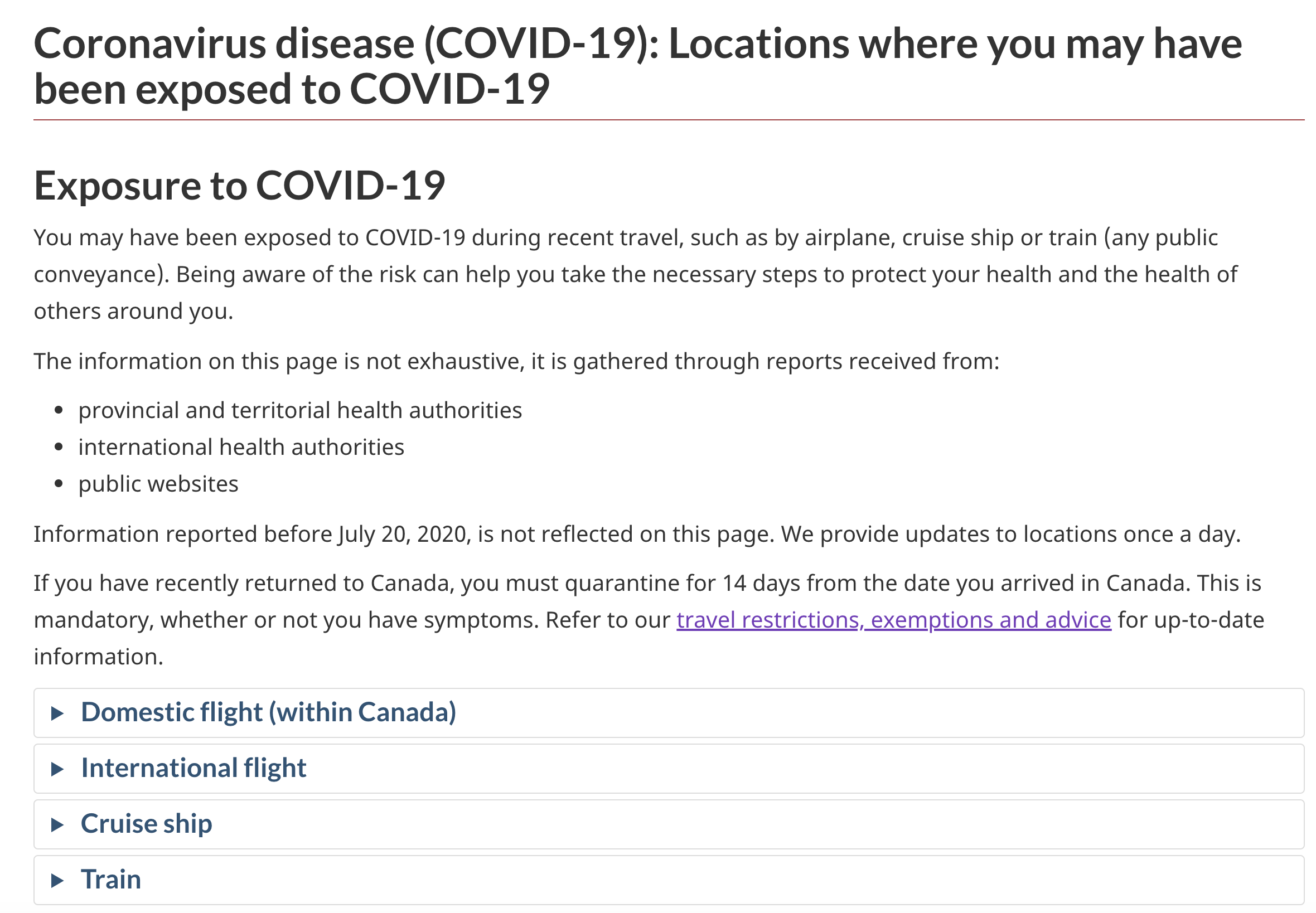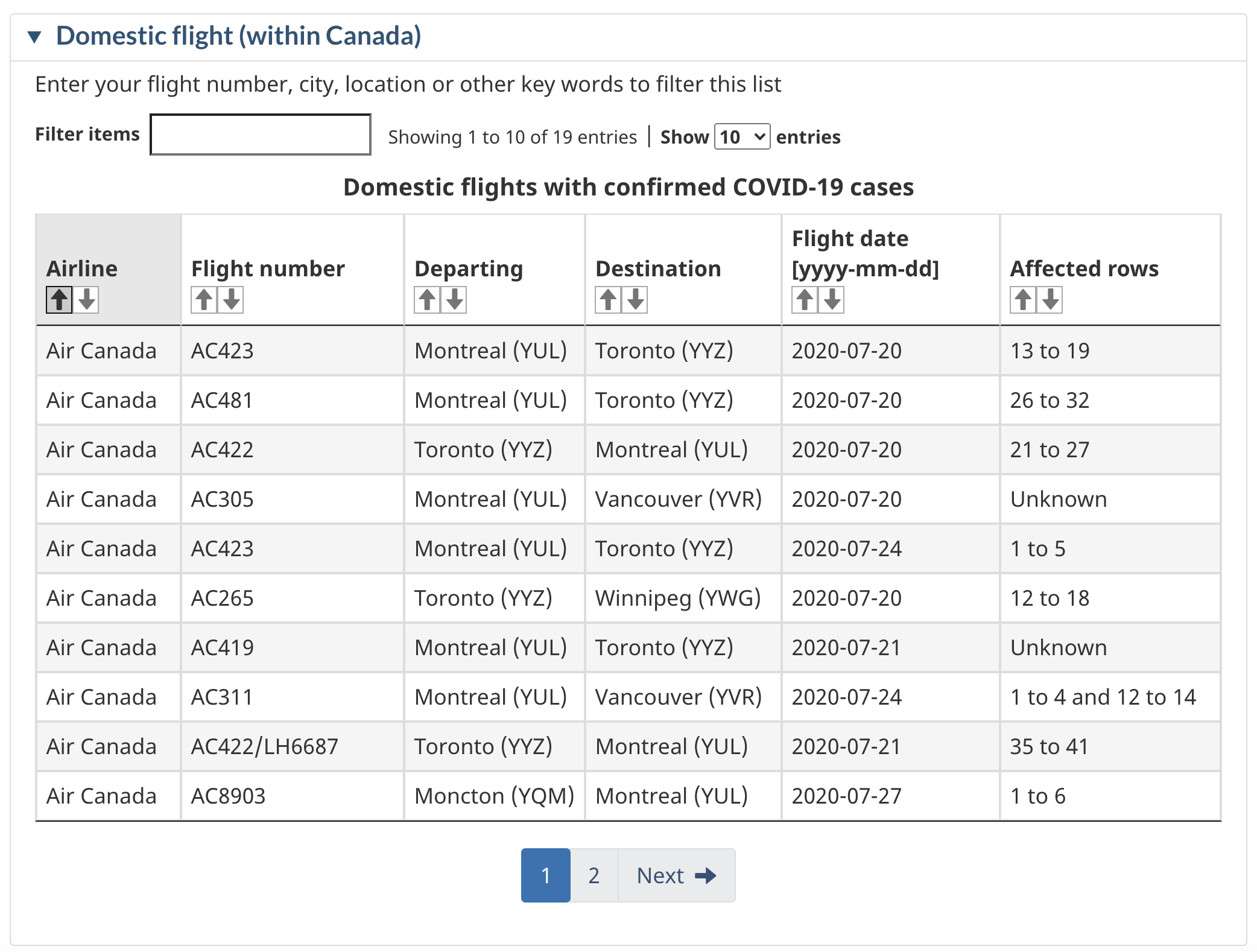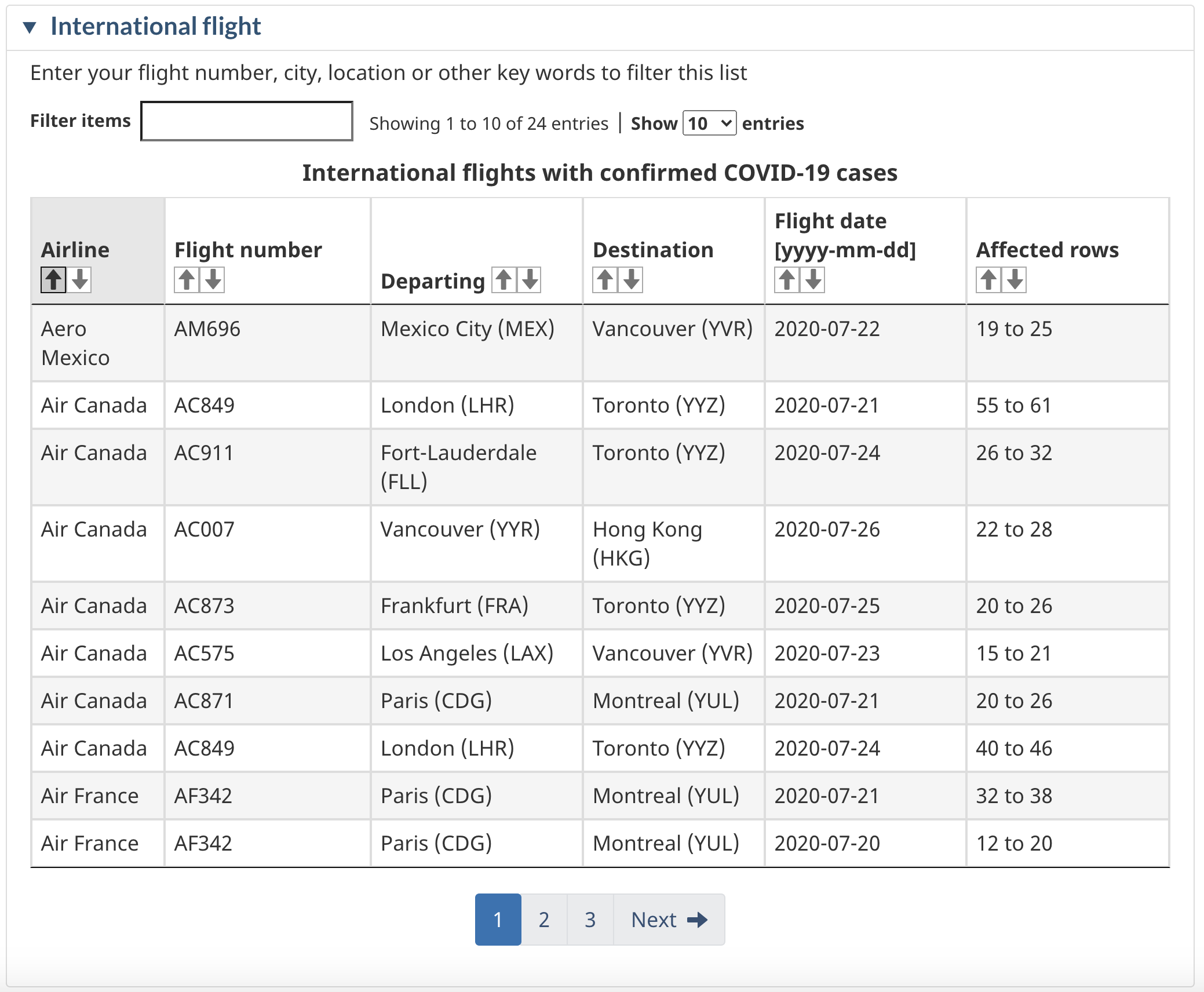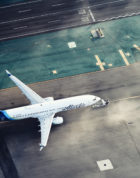As the months go by and the COVID-19 pandemic drags on, I feel that many of us are adopting, for better or worse, the mentality that “life must go on”.
As long as we’re following the relatively strong governance we have in Canada (something which not all nations are blessed with) and continue to take precautions seriously, my sense is that many Canadians are itching for a return to some semblance of normalcy – be it going for a haircut, meeting a friend for socially-distanced patio drinks, or, indeed, travelling.
At this stage, the Government of Canada’s requirement for 14-day mandatory quarantine upon return continues to dissuade most Canadians from International travel; however, domestic travel to provinces that have no self-quarantine requirements is very much on the cards.
And while I wouldn’t actively encourage non-essential travel at this time, I do know many individuals who have taken memorable and much-needed trips to many corners of Canada in recent weeks, and who have taken strong precautions along the way and enjoyed a COVID-19-free experience.
Government of Canada’s List of COVID-19 Exposures in Recent Travel
If you do plan to fly around the country over the upcoming period, the Government of Canada has released a new resource as of July 20, 2020 that you should know about. The list of public COVID-19 exposures during recent travel, updated daily, shows you a list of flights, cruise ships, and trains on which potentially symptomatic cases of COVID-19 have subsequently been confirmed.
As far as I’m aware, airlines like Air Canada or WestJet also have processes for notifying passengers if a flight that they took may have exposed them to COVID-19, but these processes ultimately may not be the most reliable. Bookmark the Government of Canada’s resource and check back often after flying, especially if you have multiple domestic or even international trips lined up for the rest of the year.
Some provinces, like British Columbia and Manitoba, also operate their own provincial lists that date back beyond July 20 as well.
If you see that one of the flights you’ve recently taken is on these lists, and particularly if you were also seated in one of the affected rows, then you’ll definitely want to observe closely for any COVID-19 symptoms, limit your interaction with others as much as possible over the next 14 days, and potentially get tested yourself (especially if you live with, or frequently interact with, individuals who may be more vulnerable to the virus).
Taking a Look Through the List
I found it interesting to take a look through the two separate lists of flights (one for domestic flights and one for international flights) to see if there are any early insights about the linkages between COVID-19 and Canadian air travel since the government began collecting data on July 20.
Of the 19 confirmed exposures documented on domestic flights so far, 15 took place on a flight either departing or arriving into Toronto (YYZ) or Montreal (YUL), which isn’t surprising to me given that these two cities are Canada’s relative virus hotspots.
Looking at the list of international flights with confirmed COVID-19 exposures, I was somewhat surprised that there were 24 confirmed exposures on inbound international flights, even with the current requirement for 14-day mandatory quarantine in place.
Canada’s airlines and other voices in the travel industry have been (understandably) vocal about wanting the government to relax the quarantine requirement, in step with other countries around the world that have achieved a similar level of COVID-19 containment – most notably, the European Union.
The fact that inbound international flights continue to bring a handful of new cases per day into our borders, however, is likely to give the government a fair bit of pause about relaxing the quarantine restriction.
Keep in mind that it’s unlikely that all of these cases were detected at the health screening checkpoint at the airport, and it’s far more likely that they were detected subsequently once the visitor had already entered into self-quarantine. Relaxing the quarantine requirement would increase the likelihood of each of these cases acting as a seed for new local transmissions.
Do Business Class Seats Offer More Protection?
I was also curious to about the distribution of “affected rows” in the Government of Canada’s list of confirmed COVID-19 exposures onboard commercial flights.
On both the domestic and international lists, the number of confirmed exposures in business class seats at the front of the plane is pretty much in line with the proportion of business class rows to the total number of rows on the plane in general, which is of course what I had expected. You aren’t less likely to have COVID-19 just because you’re sitting in business class, after all.
However, the conventional wisdom these days is that you’re significantly less likely to transmit and contract the virus when seated in business class, as the seats provide a lot more distance between each other compared to the narrow shoulder-to-shoulder seating you’ll find in economy class (especially with Air Canada and WestJet no longer blocking middle seats these days).
Take, for example, the confirmed case on July 24 onboard Qatar Airways’s Doha–Montreal flight. The passenger was seated somewhere in the Qsuites cabin, as the affected rows are listed as “5 to 11”; however, given the sheer size of the Qsuites seat, which naturally provides at least two metres of separation when passengers are seated, as well as the fact that Qatar Airways is distributing complimentary face shields to passengers these days, and I don’t think fellow passengers on this flight have too much to worry about (although it would still be prudent to take precautions, of course).

I think the social-distancing factor will be a significant motivation for many travellers to shell out for business class going forward, even if they may not have cared about the “luxury” factor previously. Of course, it’s a real privilege for those of us in the Miles & Points community to be able to travel in business class relatively easily, especially with recent promotions like Aeroplan’s 50% Miles Back or 40% Miles Back (ending today) making it more affordable than ever to sit in the fancy socially-distanced seats.
Conclusion
Ultimately, it looks certain that we’ll all have to learn to live with the virus in the long run, and part of that process will be to decide on these little trade-offs between managing the virus and restoring our lives to some semblance of normalcy.
If we do move in the latter direction, then we’ll need clear and transparent information from our governing authorities at the very least, and that’s why I really appreciate the Government of Canada’s resource of confirmed COVID-19 exposures among the many modes of transportation in Canada. If you’re travelling for business or pleasure over the coming period, be sure to refer back to this page frequently for the protection of yourself and those around you.
(Tip of the hat to Prince of Travel reader Pier-Olivier)

















